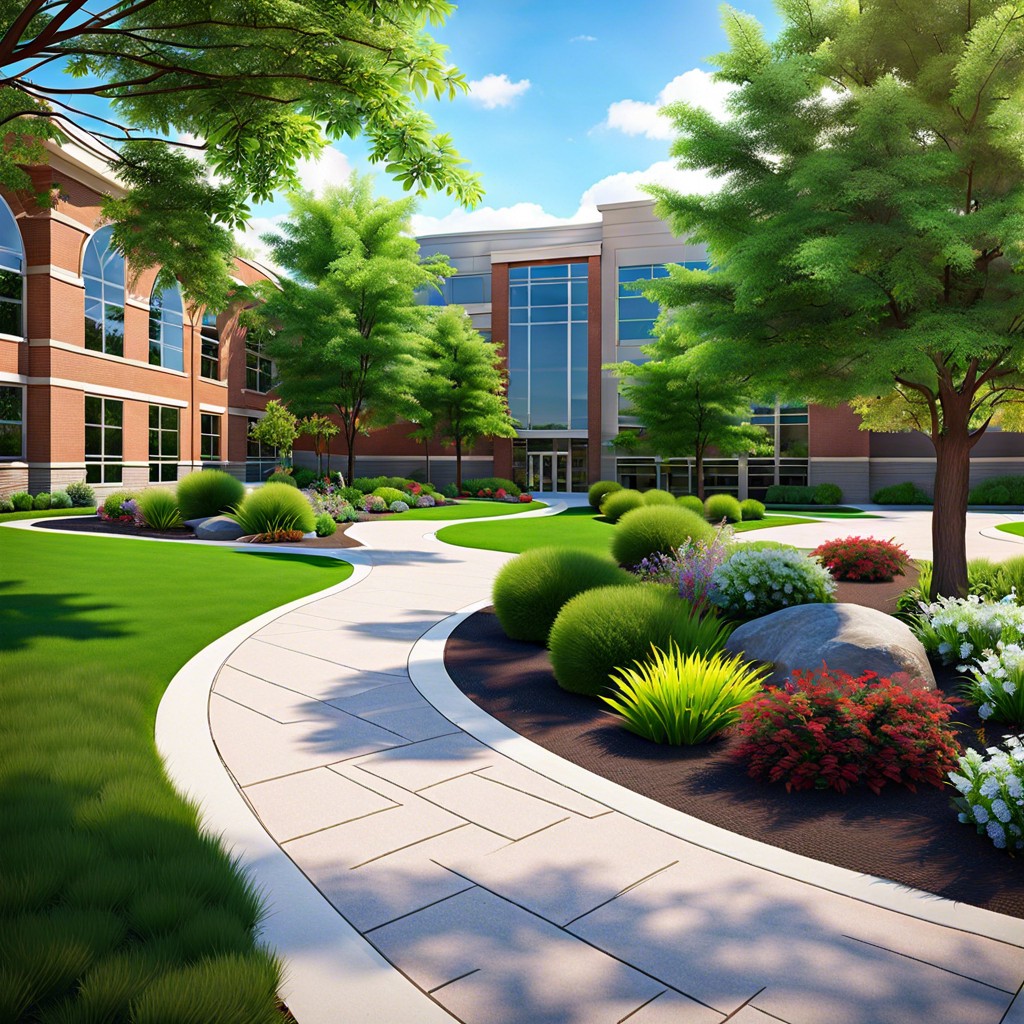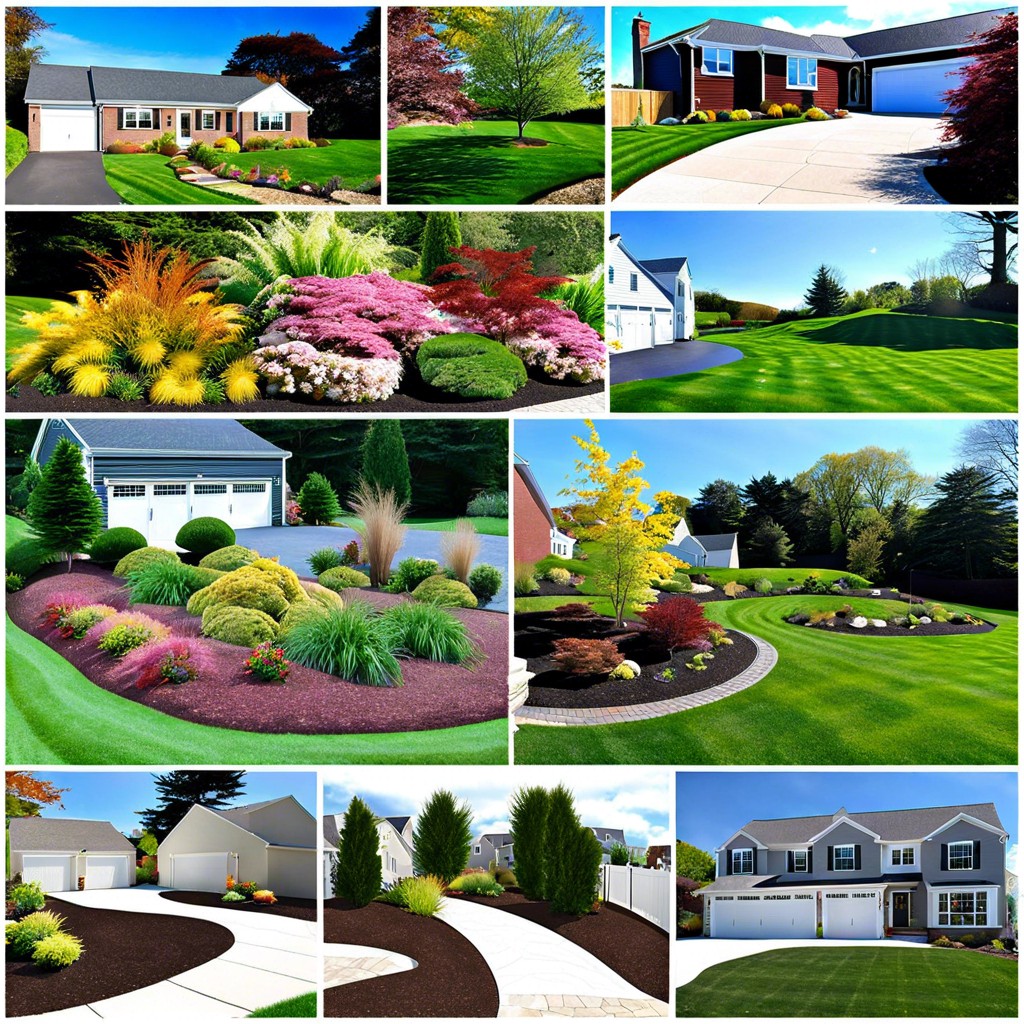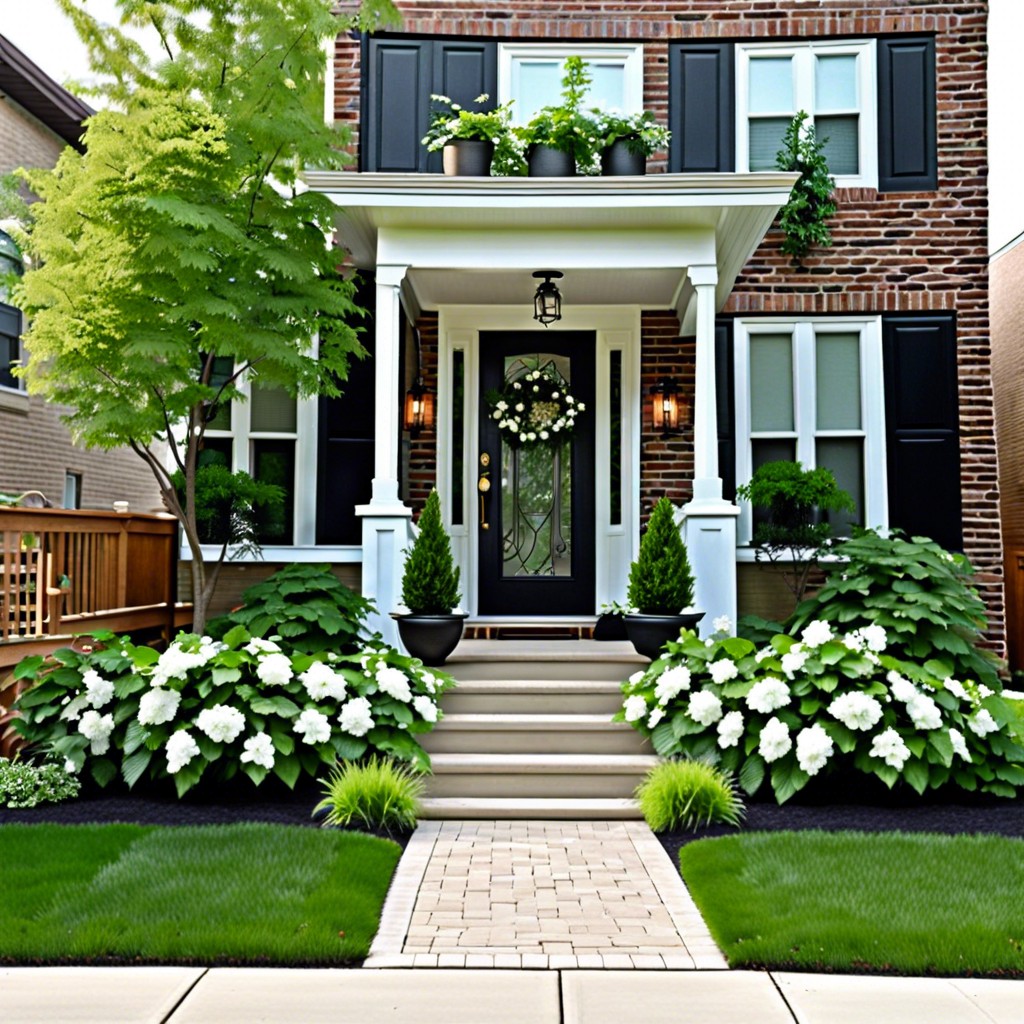Discover the diverse range of landscaping jobs available in New York City and learn how to navigate the city’s unique market to find the position that’s right for you.
Key takeaways:
- Landscaping jobs in NYC range from residential to commercial.
- Skilled landscaping professionals are in high demand in NYC.
- Qualifications include education, experience, technical skills, and certifications.
- Urban landscaping in NYC faces challenges like limited space and microclimates.
- Sustainable practices include native plants, water conservation, and soil health.
Types of Landscaping Jobs Available in NYC

In New York City, the landscaping industry offers a diverse range of opportunities catering to the bustling urban environment. Residential landscape designers are in high demand, as they transform private gardens and terraces into peaceful retreats amidst the city’s hustle. Commercial landscapers, on the other hand, focus on maintaining and beautifying the outdoor spaces of businesses, which can range from small storefronts to extensive corporate campuses.
Another niche within this field is the role of an arborist or tree surgeon. These specialists take on the task of maintaining the health of the city’s trees, which is vital for the urban ecosystem. Meanwhile, urban planners often collaborate with landscape architects to create green spaces that enhance community wellbeing and contribute to the city’s sustainability goals.
Irrigation experts are also sought after for their skills in designing and maintaining water-efficient systems, essential for conserving this resource in the city. Lastly, positions such as groundskeepers and maintenance workers are crucial for the upkeep of public parks, gardens, and recreational areas, ensuring they remain safe and inviting for all to enjoy. Each role within the NYC landscaping sector plays a part in shaping the city’s green identity, balancing aesthetics with functionality, and green space with cityscape.
Current Demand for Landscaping Professionals in NYC
New York City’s unique urban landscape creates a continuous demand for skilled landscaping professionals. With green spaces such as Central Park and countless rooftop gardens, there’s a need for individuals who can maintain and enhance these areas. Furthermore, the city’s initiative to increase greenery for environmental and aesthetic purposes opens up more opportunities.
Landscapers here aren’t limited to residential and commercial gardens; they may also find work in public spaces, contributing to urban renewal projects aimed at creating healthier, more sustainable environments. The seasonal changes in NYC also contribute to the demand, with different tasks needed in spring and fall, such as planting and leaf removal.
Another key factor is the city’s bustling property market. New developments often require landscaping services to design attractive surroundings that increase property value and curb appeal. This, combined with the renovation of older buildings and their outdoor spaces, ensures a consistent need for landscape experts.
Thus, anyone with a passion for plants and design can find a range of opportunities in New York City’s landscaping sector. With the city continuously evolving, the demand for such professionals is expected to stay strong, offering a promising career path for those interested in this field.
Required Qualifications for Landscaping Jobs in New York City
Embarking on a landscaping career in New York City often requires a blend of formal education, hands-on experience, and certain certifications. Many employers seek candidates with a degree in landscape design or horticulture, which equips individuals with foundational knowledge in plant sciences, design principles, and environmental sustainability. For more technical roles, proficiency in landscape architecture software, like AutoCAD or SketchUp, is highly beneficial.
For entry-level positions such as a landscape technician or gardener, employers typically provide on-the-job training, thus practical experience is highly valued. A strong understanding of the diverse plant life suited to the New York climate and urban setting is essential. Certifications from recognized horticultural or landscape organizations can enhance employability, signifying a professional commitment to landscaping practices.
Communication and teamwork skills are indispensable, as most projects require collaboration with clients, architects, and other tradespeople. Physical fitness is also a critical qualification due to the manual labor involved in landscape installation and maintenance.
In summary, while qualifications can vary widely depending on the specific job, most roles within the field will require a combination of education, experience, technical skills, and a passion for creating and maintaining beautiful, functional outdoor spaces.
Challenges of Urban Landscaping in New York City
Navigating the complexities of urban landscaping in New York City poses unique challenges that require innovative solutions and a deep understanding of the environment. One significant obstacle is the limited space, a scarce commodity in such a densely populated metropolis. Landscapers often work within tight confines, like small backyards, rooftop gardens, or terrace plantings, where every inch counts and maximizing greenery without overcrowding is an art in itself.
Another hurdle is the city’s microclimates—variations in temperature, wind, and sun exposure caused by the towering buildings that define NYC’s skyline. These factors drastically affect plant health and sustainability, demanding landscapers to carefully select species that can thrive in such conditions.
Soil quality and access present their own set of problems. Urban soil is often poor in nutrients and may be contaminated, necessitating its replacement or substantial amelioration before planting can begin. Moreover, transporting soil and materials through the busy streets of New York requires careful planning to minimize disruption and adhere to city regulations.
The city’s strict rules and regulation pose another layer of complexity. Whether it’s obtaining the necessary permits for larger projects, understanding the restrictions on water usage, or adhering to specific building codes, landscapers must stay well-informed and compliant to ensure the success of their projects.
Lastly, there’s the never-ending battle with pollution. Plants in urban areas are subjected to higher levels of pollutants, which can hinder their growth and necessitate additional maintenance. Landscapers must regularly cleanse foliage and monitor the health of flora to buffer the untoward effects of city living.
Despite these challenges, NYC’s landscaping professionals are a testament to resilience and adaptability, implementing ingenious designs and care techniques that contribute to the city’s unique charm.
Best Practices for Sustainable Landscaping in NYC
Embracing sustainable practices in landscaping is essential, particularly in a bustling metropolis like New York City where green spaces are crucial for the environment and city inhabitants’ well-being. Eco-friendly landscaping focuses on creating gardens and outdoor spaces that are not only aesthetically pleasing but also beneficial to the local ecosystem.
Start with selecting native plants that are acclimatized to New York’s climate and will thrive without a need for excessive watering or use of chemicals. These plants typically require less maintenance and provide a habitat for local wildlife. By incorporating a variety of species, you encourage biodiversity and create a self-sustaining environment.
Water conservation is another critical aspect. Consider installing drip irrigation systems that deliver water directly to the roots where it’s needed most, reducing both waste and labor. Collecting rainwater through rain barrels or designing landscapes with water management in mind can also minimize use of municipal water.
Soil health shouldn’t be overlooked. Use organic mulches and compost to enrich the soil, which in turn supports plant health, reducing the need for fertilizers and pesticides. These natural amendments also improve soil structure and promote beneficial microbial activity.
Implementing green roofs and vertical gardens are innovative solutions for urban environments where space is at a premium. These living structures can help insulate buildings, lower urban air temperatures, and even provide fresh produce.
Finally, encouraging wildlife with features like birdhouses, bee-friendly plants, and small water features helps to create a welcoming ecosystem for pollinators and other beneficial creatures, which is key to maintaining the delicate balance of urban nature.
Ultimately, sustainable landscaping is an investment in the future of New York City, ensuring that its outdoor spaces can be enjoyed by generations to come.




